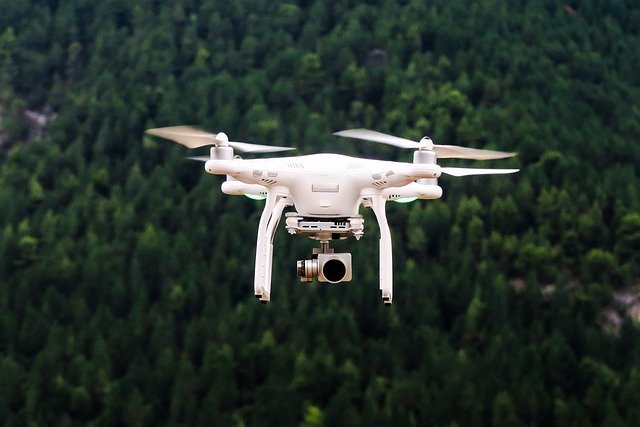Aerial Archaeology: A Bird's-Eye View of Ancient Secrets
Soaring high above the Earth's surface, a new breed of explorers is unlocking the mysteries of our past. Aerial archaeology, a cutting-edge field that combines the thrill of flight with the precision of modern technology, is revolutionizing how we uncover and interpret ancient sites. From hidden pyramids to forgotten cities, this innovative approach is rewriting history from the skies, offering unprecedented insights into our ancestors' lives and cultures.

Modern Technologies Elevating the Field
Today’s aerial archaeologists have an impressive array of tools at their disposal. High-resolution satellite imagery, LiDAR (Light Detection and Ranging) technology, and thermal imaging cameras have dramatically expanded the scope and precision of aerial surveys. These advanced technologies allow researchers to peer through dense vegetation, detect subtle changes in soil composition, and even identify buried structures without disturbing the site.
Unveiling Hidden Wonders
One of the most exciting aspects of aerial archaeology is its ability to reveal previously unknown sites. In recent years, aerial surveys have led to the discovery of massive prehistoric monuments in Kazakhstan, hidden Mayan cities in Guatemala, and even a vast network of Roman towns in the English countryside. These findings are not just adding pages to history books; they’re rewriting entire chapters.
Preserving the Past from Above
Aerial archaeology isn’t just about discovery; it’s also a powerful tool for conservation. By providing a comprehensive view of archaeological sites and their surrounding landscapes, aerial surveys help researchers monitor and protect these precious resources from threats like urban development, agricultural expansion, and looting. This bird’s-eye perspective is crucial for developing effective preservation strategies and ensuring that our cultural heritage remains intact for future generations.
The Traveler’s Perspective: Experiencing Aerial Archaeology
For adventure-seeking travelers, aerial archaeology offers a unique way to engage with history and landscape. Many archaeological sites now offer helicopter or small aircraft tours, allowing visitors to experience the thrill of discovery firsthand. These aerial excursions provide a completely different perspective on familiar landmarks and can reveal hidden patterns and structures invisible from the ground.
Elevate Your Archaeological Adventure: Tips for the Sky-High Explorer
• Research sites that offer aerial tours or partner with local flying clubs for custom experiences
• Consider timing your visit during the “golden hour” just after sunrise or before sunset for optimal viewing conditions
• Bring a good camera with a zoom lens to capture details from above
• Learn basic archaeological principles before your flight to better interpret what you see
• Look for sites that combine aerial tours with ground-level exploration for a comprehensive experience
The Future of Aerial Archaeology
As technology continues to advance, the potential for aerial archaeology seems limitless. Drones equipped with multispectral cameras are making detailed surveys more accessible and affordable. Meanwhile, machine learning algorithms are helping researchers analyze vast amounts of aerial data, potentially leading to even more groundbreaking discoveries.
Aerial archaeology is more than just a novel approach to studying the past; it’s a testament to human ingenuity and our enduring fascination with our origins. By taking to the skies, we’re gaining a new perspective on our shared history, uncovering secrets that have lain hidden for millennia, and inspiring a new generation of explorers to look at the world with fresh eyes. Whether you’re a history buff, a technology enthusiast, or simply someone who loves to see the world from new angles, aerial archaeology offers a thrilling glimpse into the past and the future of exploration.




